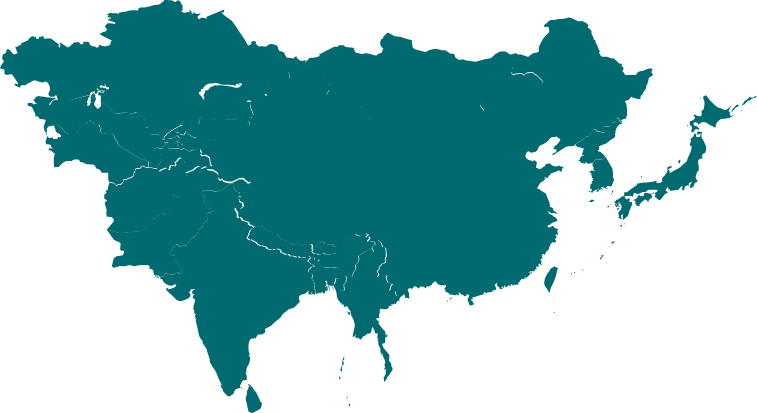- Tamanna Kavdia
A lot of festivals are celebrated all over India every year. We are aware of festivals like Holi, Diwali, Easter, Good Friday, etc., because they are celebrated at a large scale. I have decided to write about Maharana Pratap Jayanti to make people aware of the great Rajput warrior of the Mewar region in north-western India, in the state of Rajasthan. I belong to the city of Udaipur, to the clan of Rajputs of Rajasthan which made me observe this special festival of the state. I have closely observed the emotions which the people of my region have towards their king who saved them from being ruled by the Mughals.
The great warrior, Maharana Pratap, was born in the Kumbhalgarh region of Rajasthan, on 9th May, in the Jyeshtha Month, which is the third lunar month of the Hindu calendar. He was the son of Maharana Udai Singh II of Mewar and was eldest of the 25 sons, therefore, he was destined to be the ruler of Mewar in the lineage of the Sisodiya Rajputs. In the year 1568, when the Maharana was only 27 years old, Chittor, the capital of Mewar was surrounded by the Mughal forces lead by Emperor Akbar. Seeing this, instead of surrendering, Maharana Udai Singh decided to leave Chittor and moved his family to the Gogunda region. Pratap showcased all the passion that a true Kshatriya king had to possess. He was a true Rajput warrior because of which the young kid resisted leaving Chittor as he wanted to fight the Mughal Army and defeat them but the elders intervened and moved to Gogunda oblivious of the fact that his move will soon create history in the books of true warrior spirits of all times.
A temporary government was set in Gogunda, but in 1572, Udai Singh II died and Pratap was crowned as the king of Mewar. The fact that he had still not won Chittor back from the Mughals troubled Maharana deeply. On the other hand, Akbar too was not satisfied because he had only won Chittor to Mewar as a whole, and until that he could not be called the “Jahapanah of Hindustan”. Therefore, various emissaries were sent to Mewar to sign a treaty which was only considered as a peace treaty and mentioned that the sovereignty of Mewar would be intact. Almost six diplomatic missions were sent to the Rana and all were declined by him. The last mission was headed by Raja Man Singh which angered Maharana Pratap because of the fact that his fellow Rajput warriors were aligned with the enemy of their motherland. Akbar realized that the Maharana would never submit, thus decided to win Mewar by war.
In 1576, the famous battle of Haldighati took place which was fought between 20,000 Rajputs against the 80,000 warriors in the Mughal army. This battle is considered to be the first major “breakthrough” of the Rajput clan against the Mughals. Pratap is considered to have initiated the first war of independence. After the war, Akbar tried to win Mewar multiple times but, failed. The continuous and relentless attacks by the Mughals made the Maharana’s army weaker and he was running out of resources to keep his force going. It is said that when he was beginning to lose his spirit against the Mughals, Bhama Shah, his minister, donated all his wealth to prevent him from bending down towards the Mughals. The fearless Maharana’s intentions were back.
After 1587, Akbar relinquished his pursuit of Maharana Pratap and took his battles into Punjab and India’s Northwest Frontier. Thus for the last ten years of his life, Maharana Pratap ruled in relative peace and eventually freed most of Mewar, including Udaipur and Kumbhalgarh. He died fighting for his nation, his people, and for the honour.
On his birth date, this festival is celebrated in the Mewar region of Rajasthan which included the present-day districts of Bhilwara, Chittorgarh, Rajsamand, Udaipur, Neemuch, Pirawa Tehsil of Jhalawar, Mandsaur, parts of MP and some parts of Gujarat. On the occasion of this Jayanti, Special pooja and processions are held every year to remember this significant day. Several cultural programs such as debates are also held in the state. It is an occasion to remember the brave son of Mewar who fought fearlessly against the enemy of the land of Mewar. During the time of the Jayanti, there is a fair organized in Haldighati where Maharana’s beloved horse Chetak died during the battle, saving his master’s life from the enemy. On this day people also visit Moti Magri, in the city of Udaipur, where an impressive bronze statue of the Maharana and his loyal horse Chetak is erect. Ruins of one of the first modest palaces of Udaipur and a charming Japanese rock garden are some of the other attractions. The Memorial has the first Light & Sound program in Rajasthan, that displays the glorious 1400 years of Mewar’s history. All these are highly decorated with lights during the Maharana Pratap Festival.
This day might not be celebrated all over India with joy like it is celebrated in Rajasthan but the Maharana was the one who showed the invaders that no amount of force would let them surrender, no invader could take their motherland away from them. This motivated a lot of kings of different regions to fight for their subjects and against the unjust rule of outsiders. He was considered as the light and life of the Hindu community.
To read more, visit Khwaeesh!
